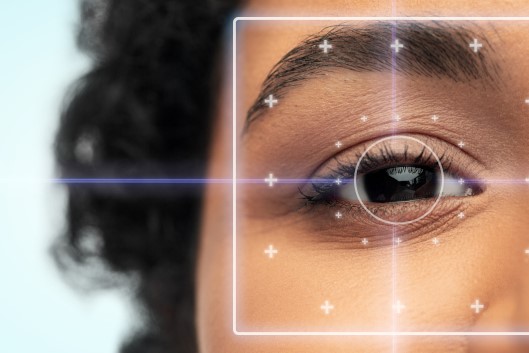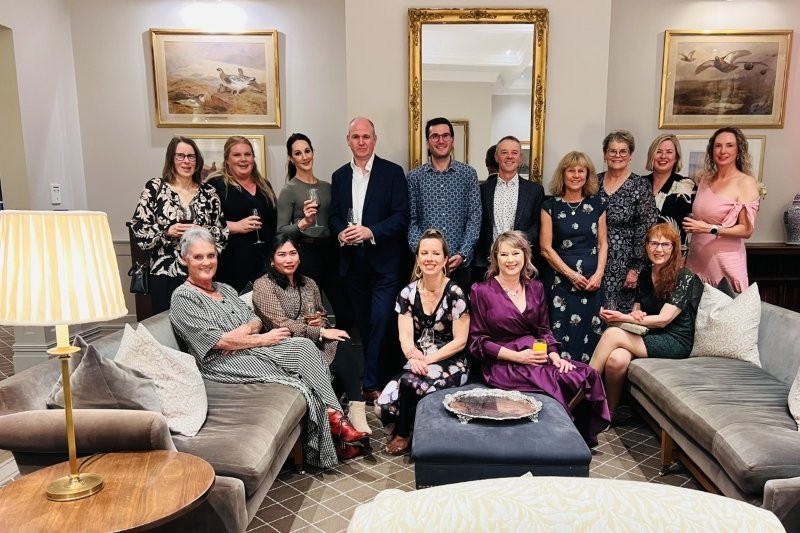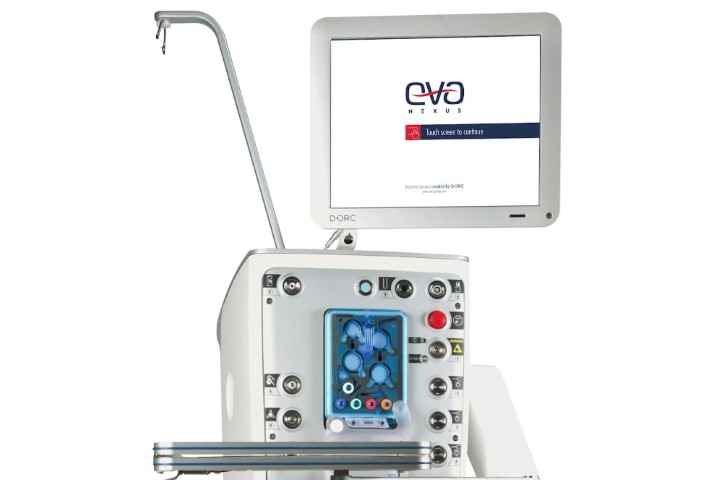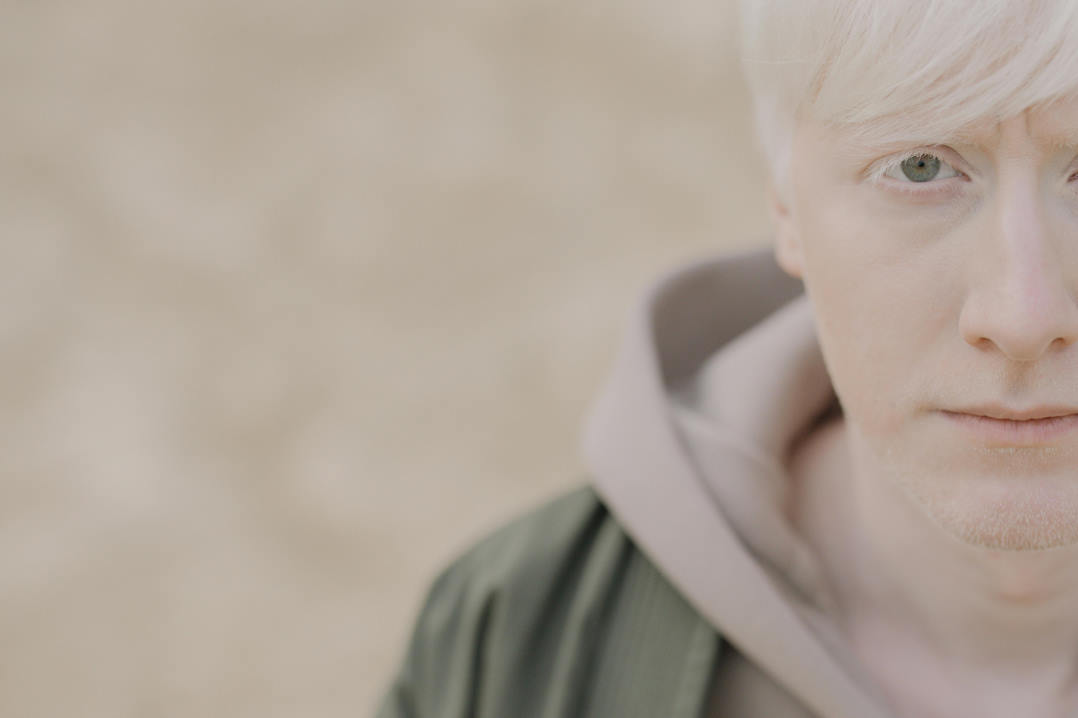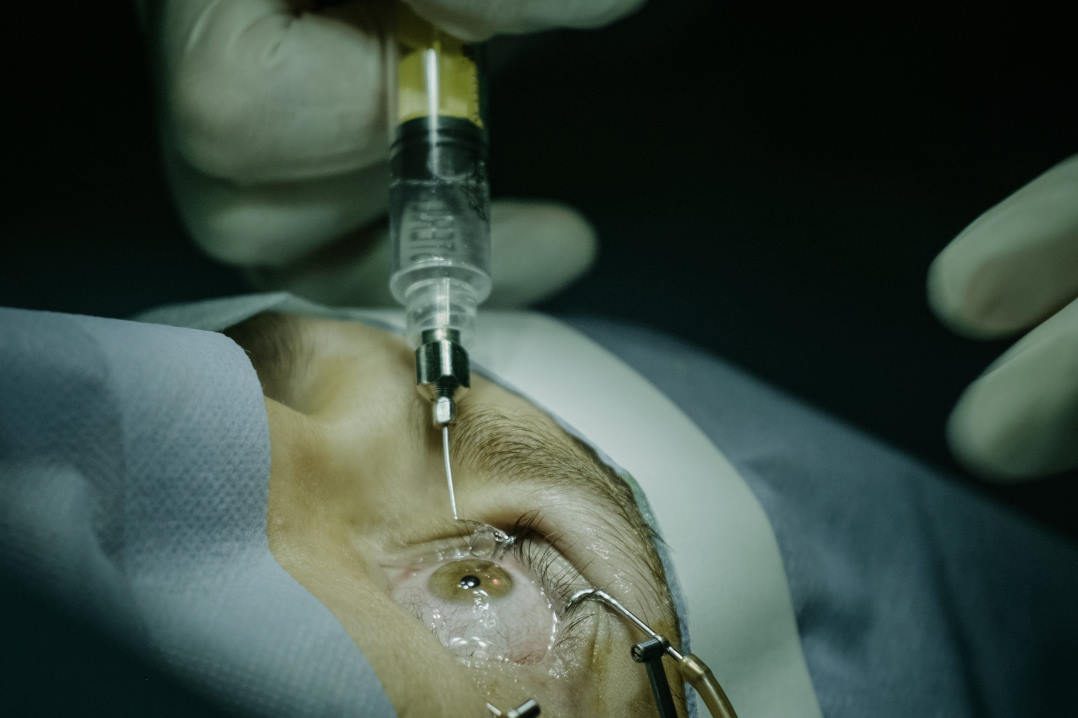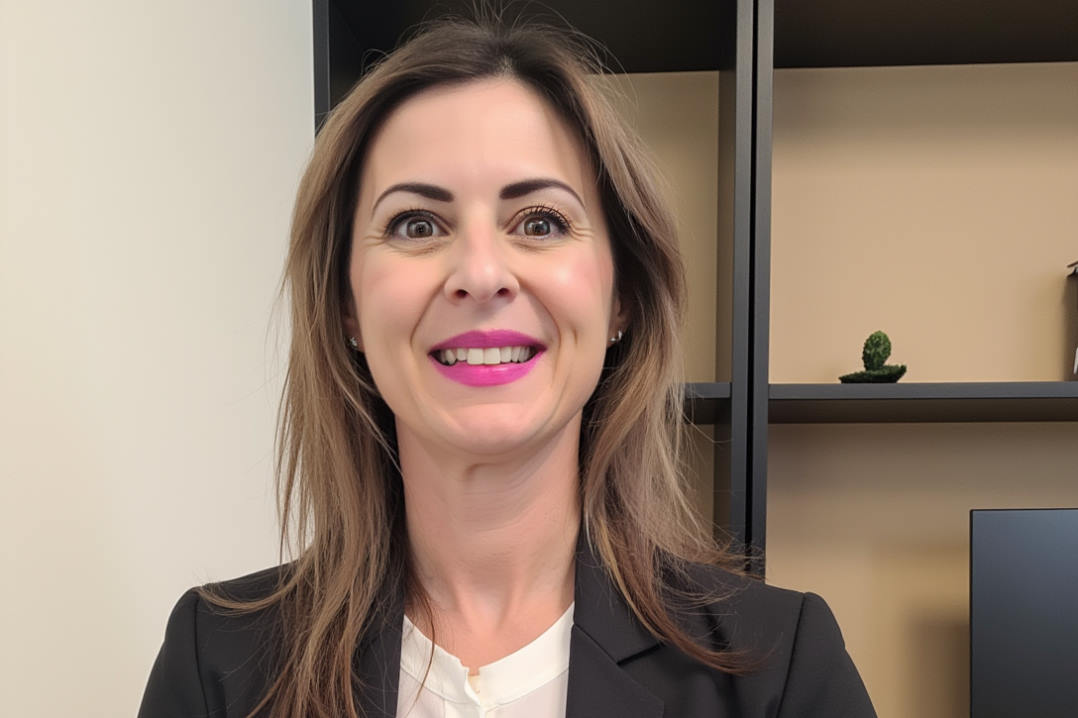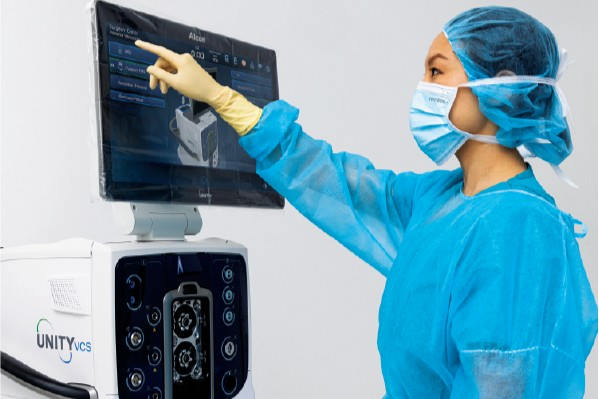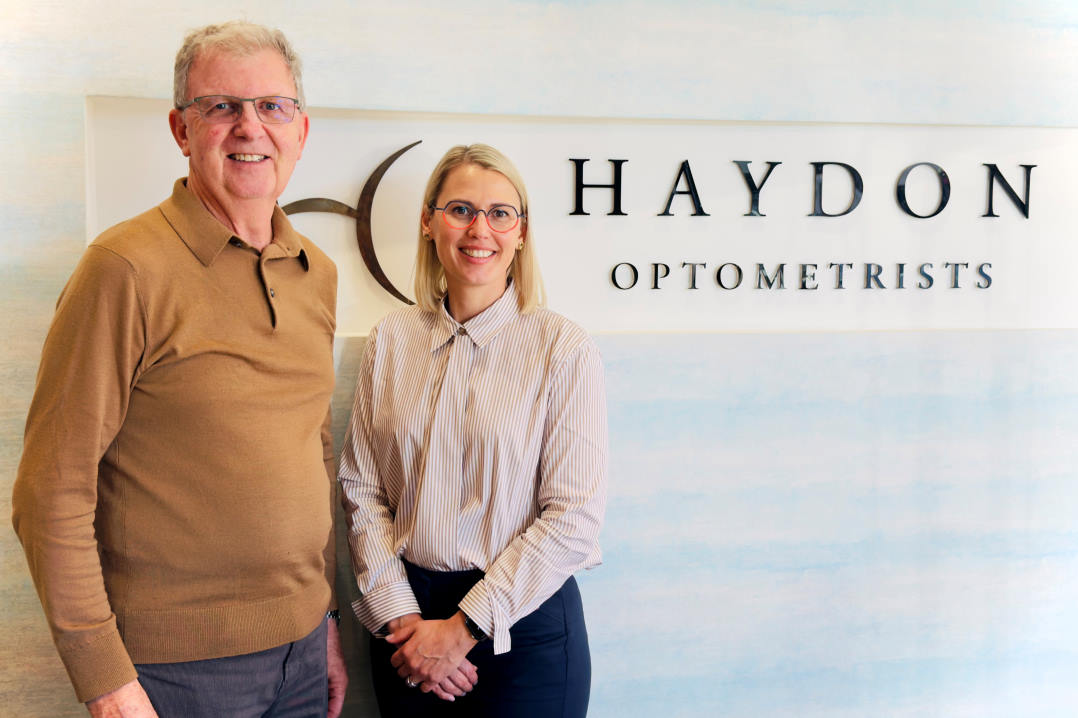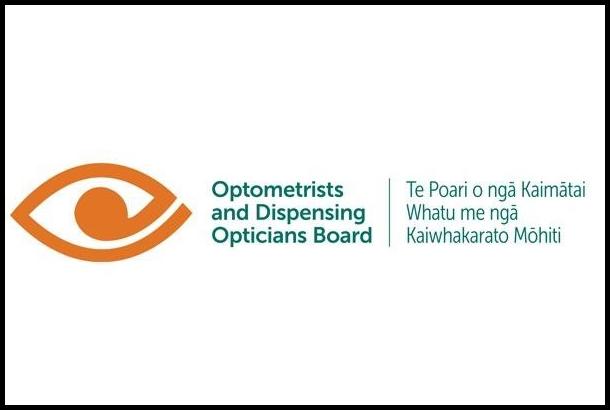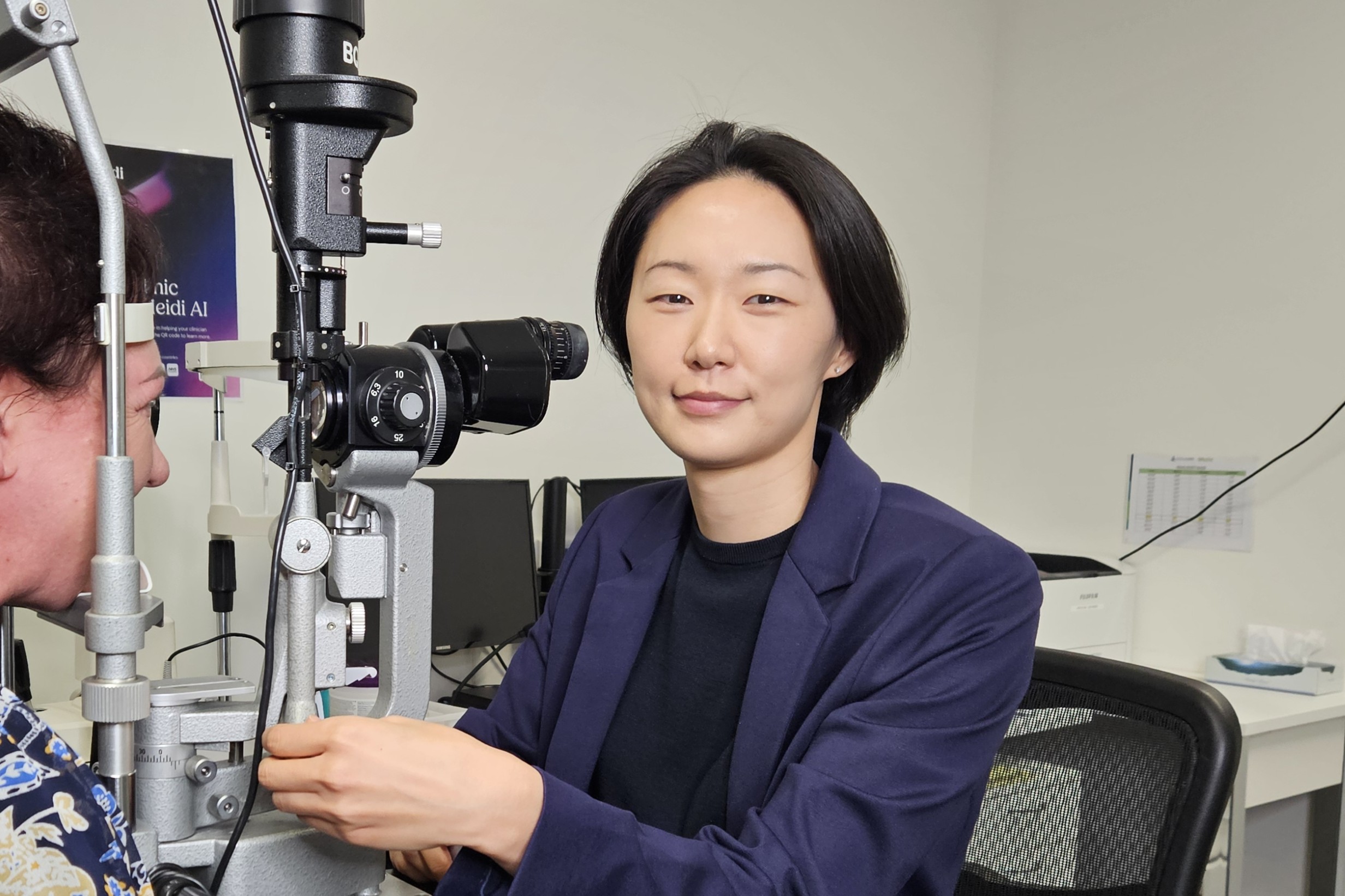CORE: Insights on biometry in myopia management
Addressing the rapidly-evolving importance of biometry in myopia management, the Centre for Ocular Research & Education (CORE) has dedicated Issue 71 of Contact Lens Update to the topic.
“This issue is designed to help our clinical peers better understand several aspects of biometry and axial length (AL), in a succinct format that can be read in a matter of minutes,” said CORE director Lyndon Jones, professor at the School of Optometry and Vision Science at the University of Waterloo.
Four international experts offer clinically-relevant perspectives that eyecare professionals can use in their practices for equipment selection, AL assessment, and outcomes interpretation, Prof Lyndon said. In the opening editorial, Debbie Jones, clinical professor at the University of Waterloo School of Optometry & Vision Science and lead clinical scientist at CORE, summarises several multifunction instruments that are becoming mainstays in clinical settings, each capable of supplying a wealth of information to support management of young myopic patients.
The feature article is written by Marielle Reidy, a paediatric optometrist and a PhD candidate conducting myopia research at the Ohio State University, discusses the results of a study assessing the potential of ocular biometrics and uncorrected visual acuity for detecting myopia. She writes that “some biometric measures taken under noncycloplegic conditions can serve as useful screening tools for myopia detection, when cycloplegic refractive (CR) assessment is not possible. AL, the AL/CR ratio, or the AL/CR ratio in combination with UCVA can all detect myopia with good success.”
Gareth Lingham, an orthoptist and postdoctoral fellow at the Centre for Eye Research Ireland, shares results from his poster first presented at the Association for Research in Vision and Ophthalmology (ARVO) 2022 annual meeting. This study assessed the performance of a machine learning-based algorithm in estimating axial length by using age, sex, spherical refractive error, astigmatism and corneal radius of curvature data. The outcomes highlight the potential for new technologies to be employed when biometry is unavailable.
Also included in this issue is a practitioner resource by Jason Compton, owner of Compton Eye Associates in the New York City area and assistant adjunct faculty of the State University of New York College of Optometry. His resource provides a useful overview of the benefits of optical biometry over ultrasound for measuring AL.
The latest edition and all past issues are available for free at https://contactlensupdate.com/.









